What you’ll find there is mostly carne crudo, brasato and bollito misto. Carne crudo is a popular antipasto. Light-tasting yet flavorful, I’ve big a big fan of that minced, raw beef or veal from the Fassona cattle that is often dressed just with some excellent Ligurian olive oil, and maybe shaved white truffles in the fall, for a nice bump to the bill. Carne crudo is the Piemontese take, and a tastier one for me, on the French steak tartare and a regular order for me when there. Brasato is a cut of roast that’s braised in red wine, Barolo sometimes, more often a cheaper bottle and the resulting dish is rich and unctuous when done well like I had recently in Turin.
Bolitto misto is an array of boiled meats that I’ve managed to miss in my trips to northern Italy; it’s a cold-weather preparation, in part. During my last trip to Piedmont a few years earlier, in the exhibit hall in Nizza Monferrato where we had lunch and a wine tasting, there were banners announcing the annual festival the upcoming Sunday for the prized beef: “Fiera del Bue Grasso e del Manzo di Razza Piemontese.” One of the winemakers at the table explained that the culinary attraction of the event was boiled beef. I was rather surprised. Disappointed, too, and asked if there was any regional tradition of cooking steak with this beef. A touch embarrassed, he said no and could not think of any place in Italy other than Florence and environs that typically prepares steaks as part of its cuisine.
That’s been my understanding, too. That Florentine steak culture resulting in the large cuts of bistecca alla fiorentina, is a result of a strong and specific British influence, which other areas did not have. British troops supposedly introduced it to Florence in the mid-19th century and the throngs of British tourists for decades to there and nearby Tuscan countryside – Chiantishire – helped stoke demand and create a legacy. Though Piedmont had cows like Tuscany, if maybe not nearly as many, it had far fewer British tourists.
Steaks and steakhouses are becoming more popular in Piedmont, I was told by my host at Produttori del Barbaresco, if slowly. When it appears, it is often with beef from elsewhere, Scotland, Argentina or Japan. That probably has something to do with that Fassona breed, too, according to her. That cattle provides exceptionally lean meat which makes well-suited for being served raw. Conversely, that lack of fat, intramuscular fat, less so for steaks.
As an American visiting Piedmont, for your regular beef consumption, you will have to be content with cool, raw beef or richly braised in red wine. Boiled, too, I guess. Beef for dinner can actually be very enjoyable even when it is not broiled or grilled in thick juicy, meaty cuts.
Was in luck to visit Monferrato and the Langhe during white truffle season a few years ago. Carne crudo dressed up.







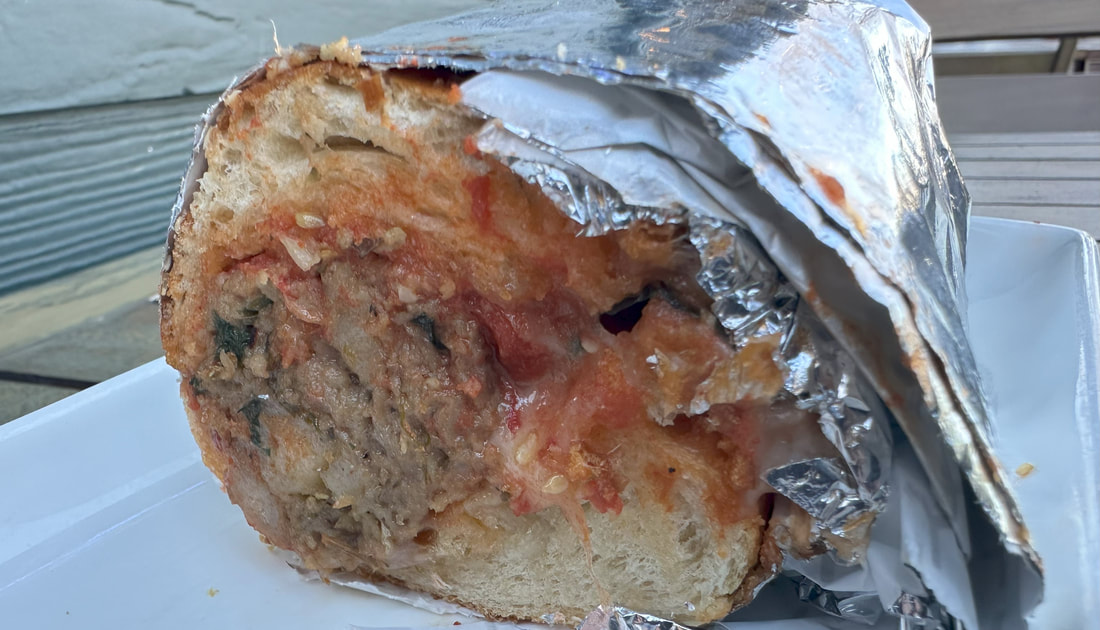
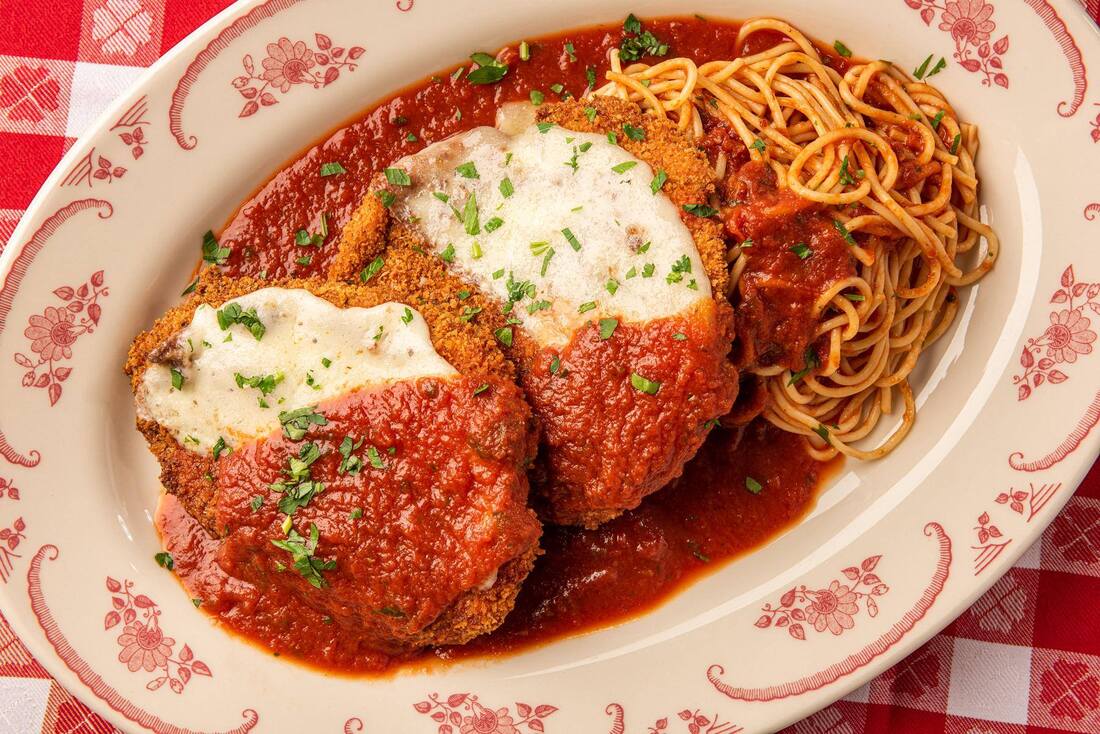

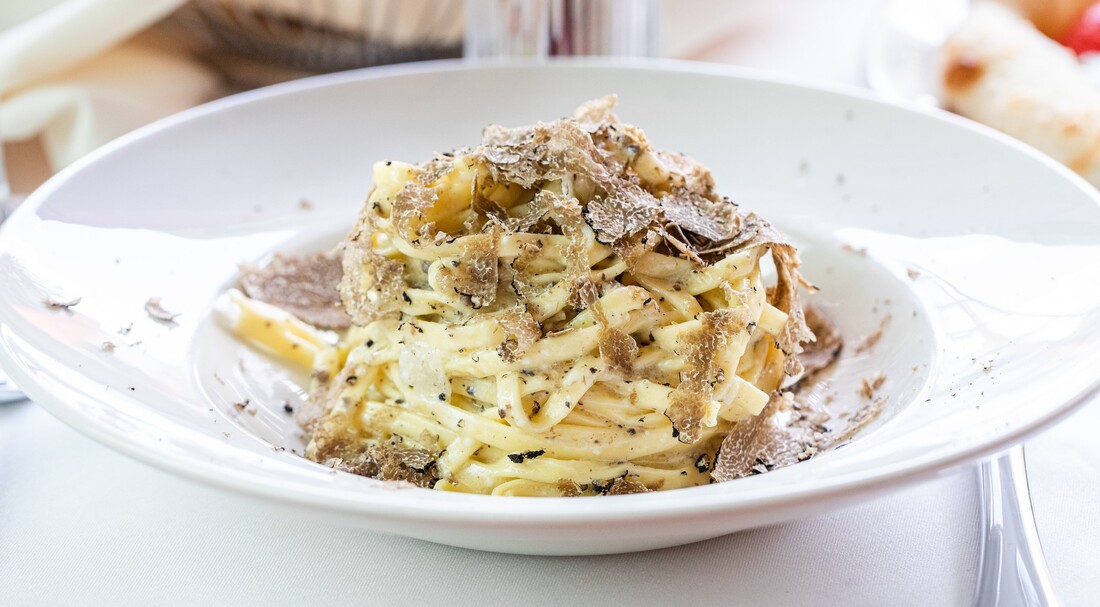
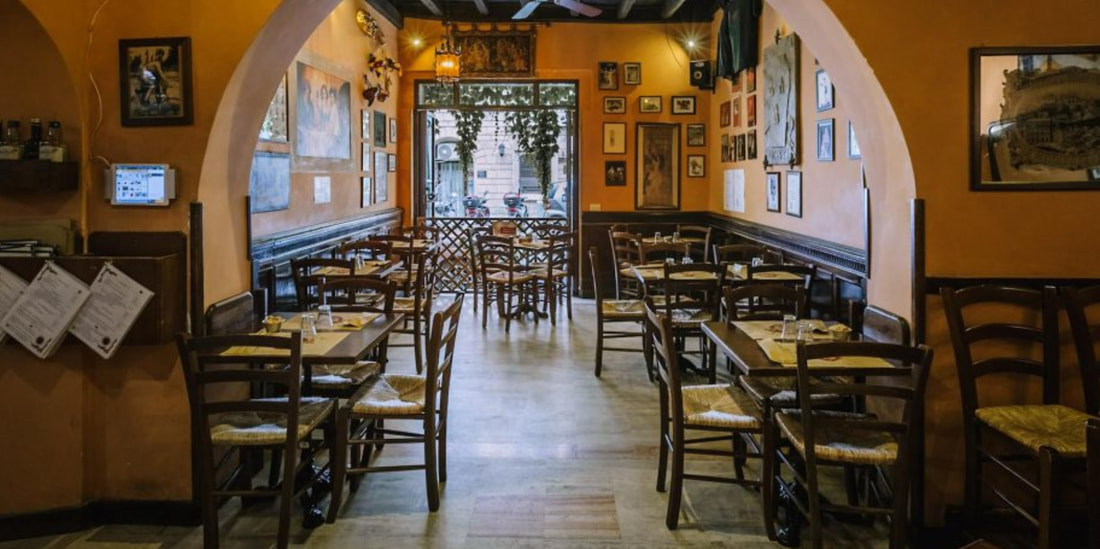
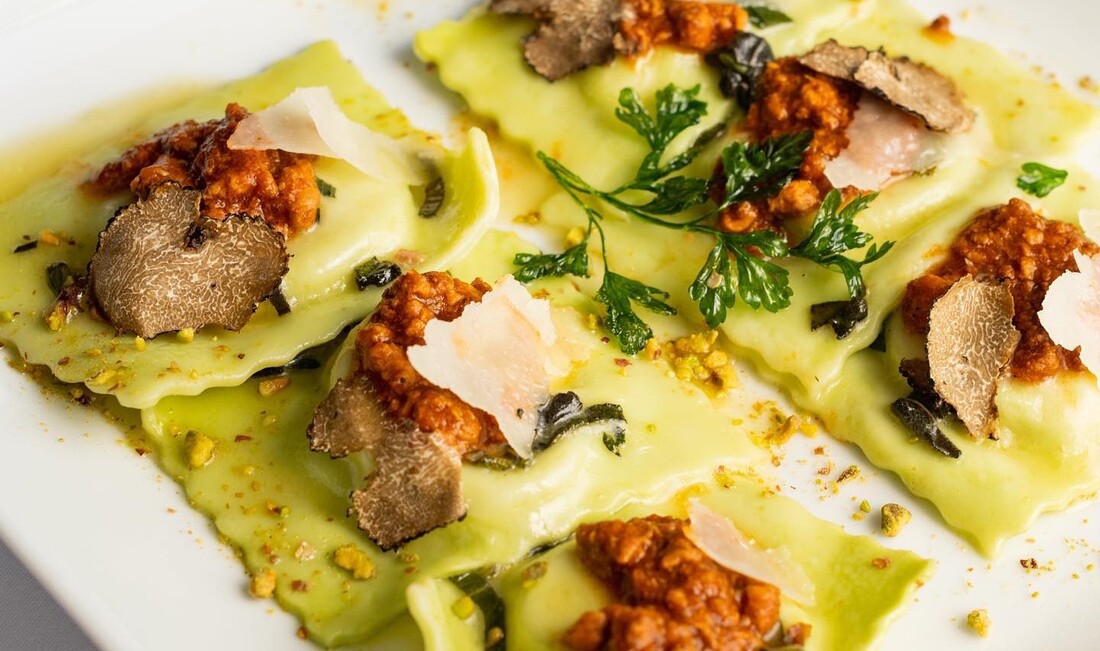
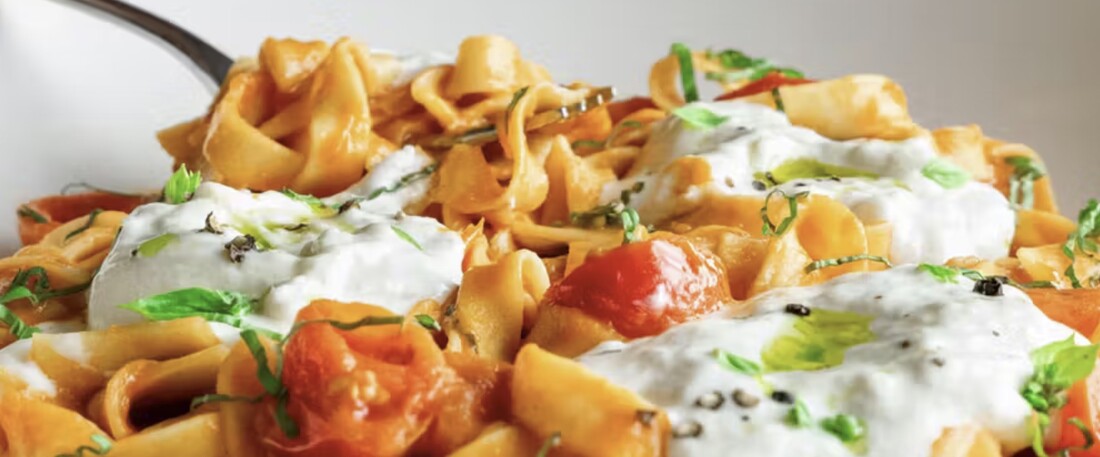
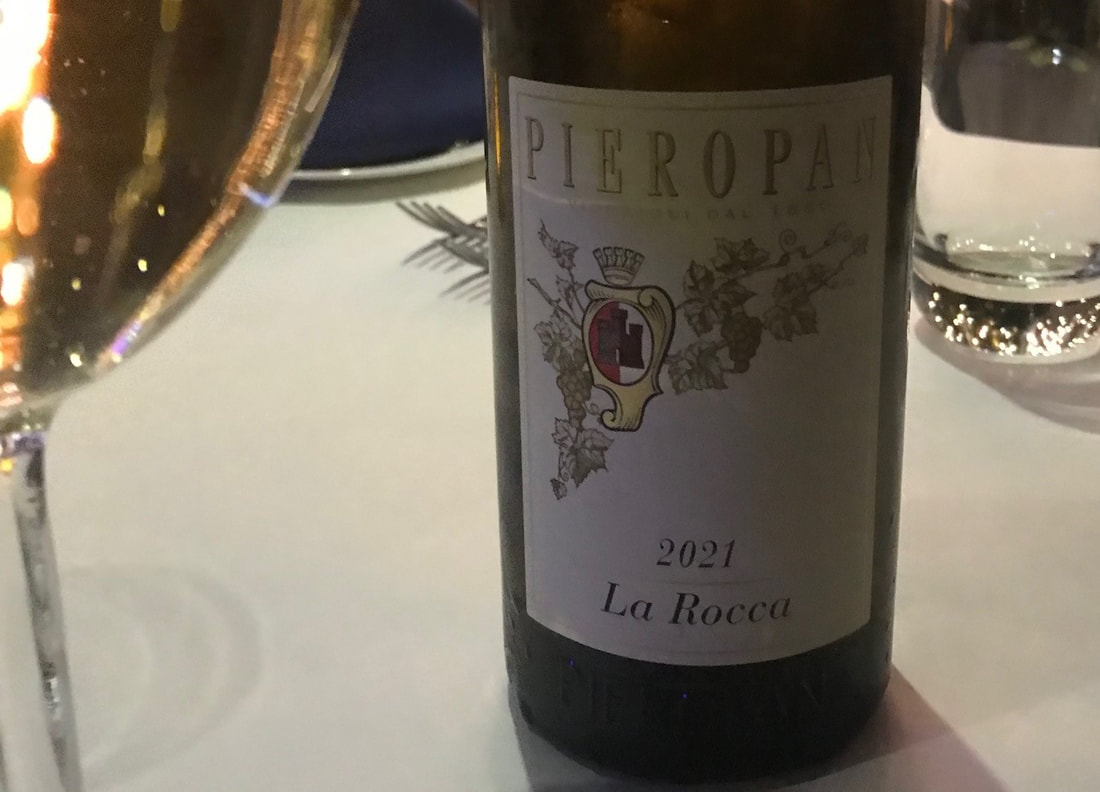
 RSS Feed
RSS Feed

